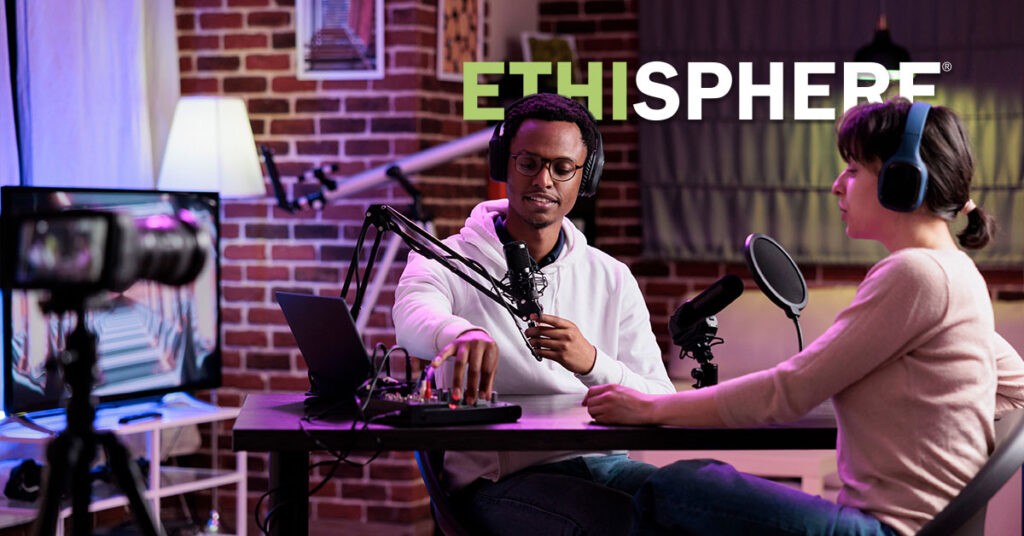Potential conflicts of interest arising from outside business activities (OBAs) or simply employee personal, recreational or affiliation activities are increasing. Tools, technology, and online channels allow employees to create and post content or pick up gig work or second jobs with a few clicks of a mouse.
With Forbes reporting that more than 40% of employees report having a side gig, if you haven’t adjusted your social media, outside business activity or conflicts of interest and disclosure policies, it is time for a refresh to address the uptick of side gigs and social media activity.
Policy & Procedure Considerations
Make it broadly applicable. The activity of any employee at any age, stage or role could create a conflict of interest risk. It is not just a Gen Z issue. While companies may be used to senior leaders seeking out board positions or occasional consulting roles, they may also be in demand to appear on podcasts or write for blogs which could also come with posting about these activities on social media channels. Policies should be applicable to all employees at all levels and generally, the more senior the role, the more OBAs are discouraged.
Who is an influencer? It can be tricky to define who is a social media influencer vs. someone who occasionally posts on various channels? Consider whether you need to specifically define various types of side gigs, like social media influencer, or if your existing documentation on outside business activities (OBAs) and conflicts of interest cover what might arise in today’s environment.
Beware of getting too specific. Definitions around conflicts of interest or OBAs that are overly complex or attempt to list all instances that are or are not allowed may do more harm than good. These can sometimes lead to creative attempts to force fit an activity into any listed exceptions. Try to create categories of activities that require disclosure using broad definitions. Look to create policies to address the most common denominators across regulatory jurisdictions. Consider limiting the number of OBAs that are allowed.
Check your social media policies. Your organization may have existing guidelines around employees speaking publicly about your services, products, or workplace environment. What about guidelines for public comments about your competitors? Do you already have a process or requirements where the Public Relations or Corporate Communications department needs to pre-approve certain posts? Some companies have libraries of curated or pre-approved content that employees can share on specified social media channels. Think about how to leverage your employee enthusiasm and balance that against risks.
Encourage Disclosures
Have a process that manages ongoing disclosures beyond the scheduled, annual attestation and training. It is better to receive a disclosure and have an opportunity to review, even if the activity falls well within approval guidelines, than to only receive disclosures once a year, where months of outside activity could be occurring unchecked. Some companies are seeing more employees raising issues via their helplines about colleagues involved in second jobs or side gigs. For companies concerned about managing increased disclosure volumes, consider using technology to help categorize or triage the disclosures and their review.
Disclosure Trigger. A threshold question as part of your ad hoc disclosure process might be, “Do you receive compensation?“ Many OBA policies are clear that it does not matter how much compensation you receive. Any amount should trigger disclosure.
Consider adjustments for the type of activity and how often social media channels are monitored. Many companies monitor social media channels broadly for adverse reputational issues, but not necessarily for employee activity. Anyone can become an influencer, and even one adverse post from an employee can cause damage— either reputationally from their negative opinion about your products or your work environment, or direct damage to the business through release of confidential information. Engage your employees.
In addition to annual training and required attestation for OBAs, conflicts of interest, and social media use, engage employees throughout the year to encourage employees to disclose as soon as they start an activity that fits within the definitions outlined in your policies.
- Make use of your ethics ambassadors or champions and include messaging on this issue among the topics covered in their training.
- Encourage manager discussions with their team by providing them meetings-in- a-box or toolkits with conversation facilitation guides.
- Launch periodic, but short communications campaigns with case studies or examples and non-examples of conflicts to encourage ongoing disclosure.






